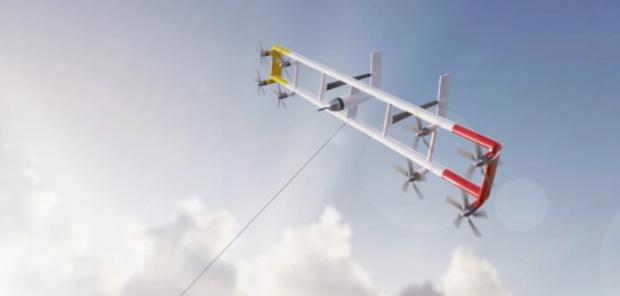
Breaking News
 China Will Close the Semiconductor Gap After EUV Lithography Breakthrough
China Will Close the Semiconductor Gap After EUV Lithography Breakthrough
 The Five Big Lies of Vaccinology
The Five Big Lies of Vaccinology
 Large global study analyzing data from 192 countries has sparked intense debate by suggesting...
Large global study analyzing data from 192 countries has sparked intense debate by suggesting...
Top Tech News
 EngineAI T800: Born to Disrupt! #EngineAI #robotics #newtechnology #newproduct
EngineAI T800: Born to Disrupt! #EngineAI #robotics #newtechnology #newproduct
 This Silicon Anode Breakthrough Could Mark A Turning Point For EV Batteries [Update]
This Silicon Anode Breakthrough Could Mark A Turning Point For EV Batteries [Update]
 Travel gadget promises to dry and iron your clothes – totally hands-free
Travel gadget promises to dry and iron your clothes – totally hands-free
 Perfect Aircrete, Kitchen Ingredients.
Perfect Aircrete, Kitchen Ingredients.
 Futuristic pixel-raising display lets you feel what's onscreen
Futuristic pixel-raising display lets you feel what's onscreen
 Cutting-Edge Facility Generates Pure Water and Hydrogen Fuel from Seawater for Mere Pennies
Cutting-Edge Facility Generates Pure Water and Hydrogen Fuel from Seawater for Mere Pennies
 This tiny dev board is packed with features for ambitious makers
This tiny dev board is packed with features for ambitious makers
 Scientists Discover Gel to Regrow Tooth Enamel
Scientists Discover Gel to Regrow Tooth Enamel
 Vitamin C and Dandelion Root Killing Cancer Cells -- as Former CDC Director Calls for COVID-19...
Vitamin C and Dandelion Root Killing Cancer Cells -- as Former CDC Director Calls for COVID-19...
 Galactic Brain: US firm plans space-based data centers, power grid to challenge China
Galactic Brain: US firm plans space-based data centers, power grid to challenge China
Kites of Renewable Energy Generate Wind Power By Flying Through The Air

In June, KiteKRAFT hit a major milestone with a 7-foot kite prototype, completing its first figure-8 flight, the motion that will provide the system's wind power.
The kite has small onboard spinning wind turbines, which are essentially act like regular blade tips. It does not need a tower made of hundreds of tons of concrete and steel or a foundation to hold those blade tips in the air, but instead uses smart algorithms to find the best location in mid-air.
Logistics, installation, and inspections are much simpler and the kite can easily reach stronger winds at higher altitudes. "Cost savings of over 50% compared to other sources are possible," says the company on their blog.
Another advantage is that a kiteKRAFT system is hardly visible (no towers and no huge blades), which often elicit public misgivings about such structures in their landscape.
"We are proud that we came to this point in just over one year after company foundation," says the co-founder & CTO Florian Bauer.

 This is why RAM costs so much
This is why RAM costs so much

